It's been over 80 years since Snow White and the Seven Dwarfs brought in the golden age of feature animation, and it stubbornly remains the domain of “family entertainment.” There have been several efforts over the years to modernize this art form from mere cartoon to something more mature - Japanese animation like Akira, Ralph Bakshi’s Fritz the Cat, and even the recent Sausage Party - but few submissions stand out like 1981’s Heavy Metal.
It's tempting to call Heavy Metal a “cult classic”, but that would be stretching the label - few saw the movie upon release, and the only fans that remain are those who follow the inextinguishable magazine that inspired the movie. Heavy Metal is actually pretty entertaining for what it provides: a loose anthology of hard-rock stories across several animation styles, which joyfully embraces its Restricted Adult rating.
10 Made in Canada
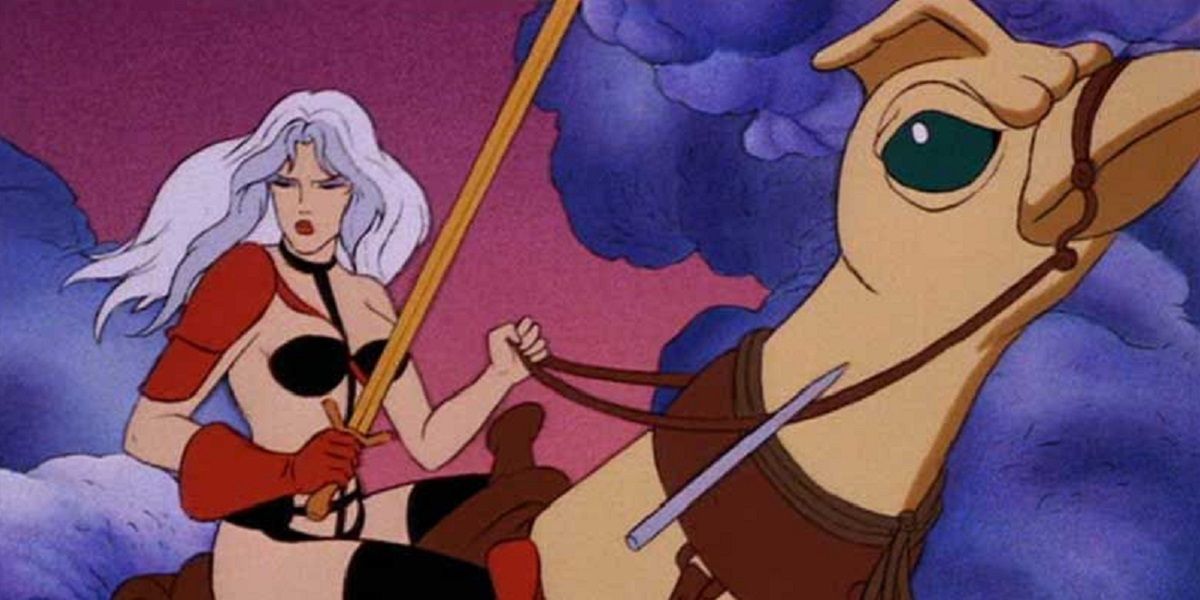
The Great White North, land of ice and snow, is home to several animation studios, and in the early 1980s they crafted Heavy Metal. Prolific producer Ivan Reitman was, at the time, successful with comedies like Stripes and National Lampoon’s Animal House, and was presumably looking for a cheap way to develop a film based upon the popular magazine.
Despite its tepid box office response, Heavy Metal was briefly the top-grossing Canadian made movie, until teenager sex comedy Porkys surpassed it in 1982. Who knew Canadian filmmakers skewed so ribald?
9 Canadian Cast
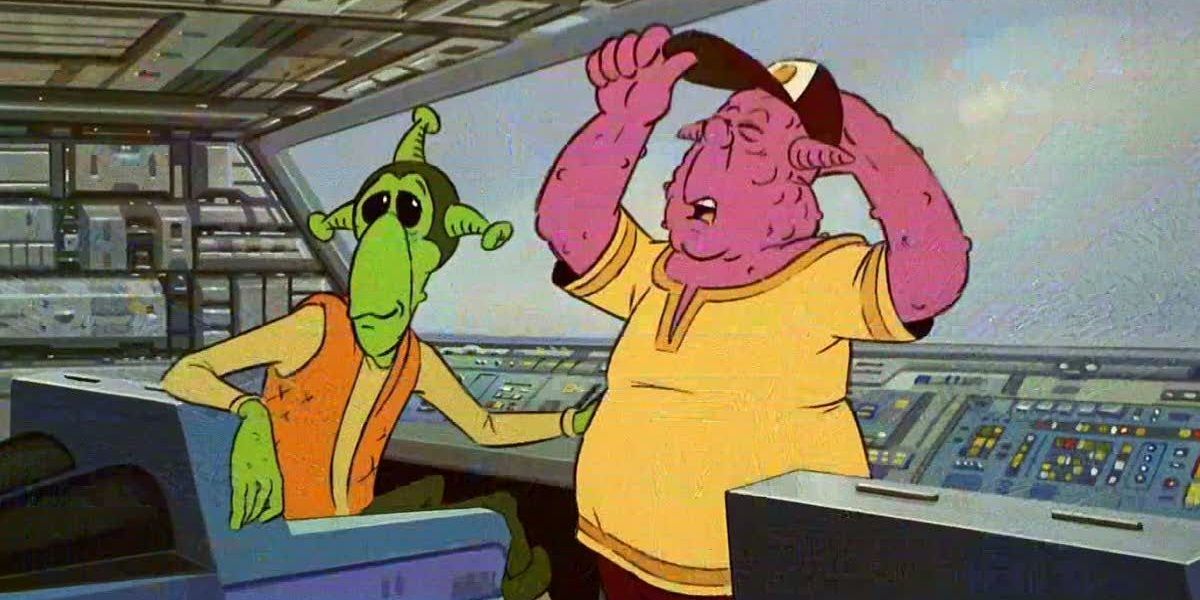
As befits a country that’s produced great comedians like Mike Myers and Seth Rogen, the cast for Heavy Metal was pulled from the local talent pool. Key cast members include John Candy, Joe Flaherty, Harold Ramis, and Eugene Levy.
Other Canadian voice actors included John Vernon (National Lampoon’s Animal House), Alice Playten (Legend), and Jackie Burroughs (TV series Road to Avonlea). Golden-throated Montrealer Percy Rodrigues proved the voice-over to link the stories.
8 Story Mining
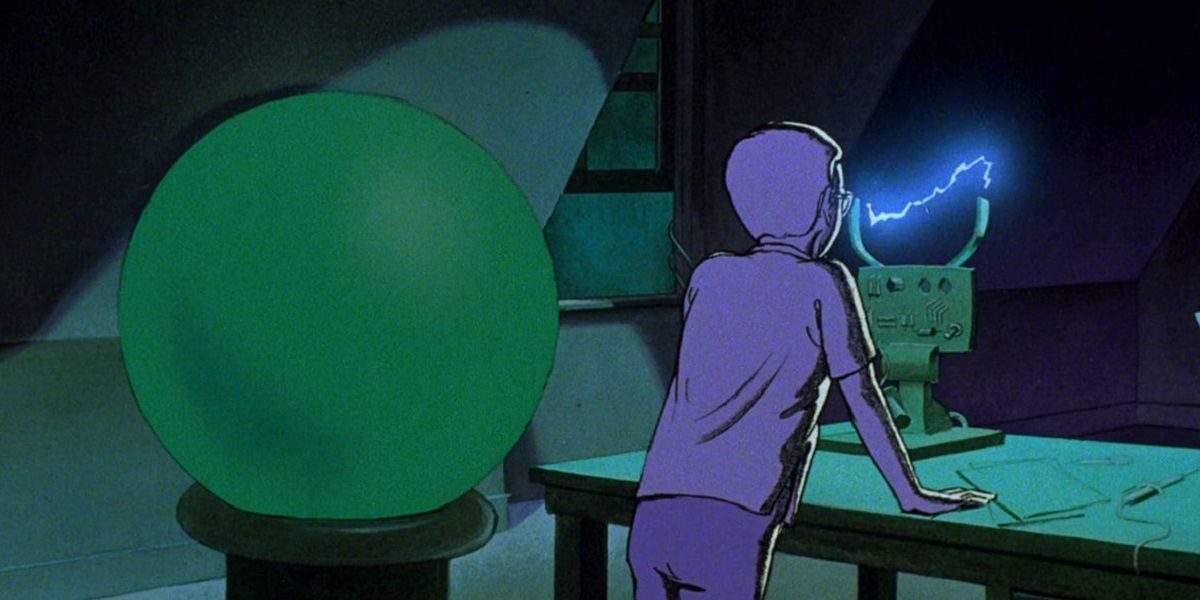
Some of the plotlines included in the Heavy Metal movie were originals, which may surprise those who expected it to be sourced solely from the graphic novels. Key stories such as “Harry Canyon”, “Captain Sternn”, and “Den” come from the magazines, but concluding sequence “Taarna” was a newly written story.
The "Heavy Metal” magazine itself comes from the French comics anthology “Metal Hurlant” (in English, “howling metal”), and writers and illustrators moved between both publications.
7 Rotoscoping
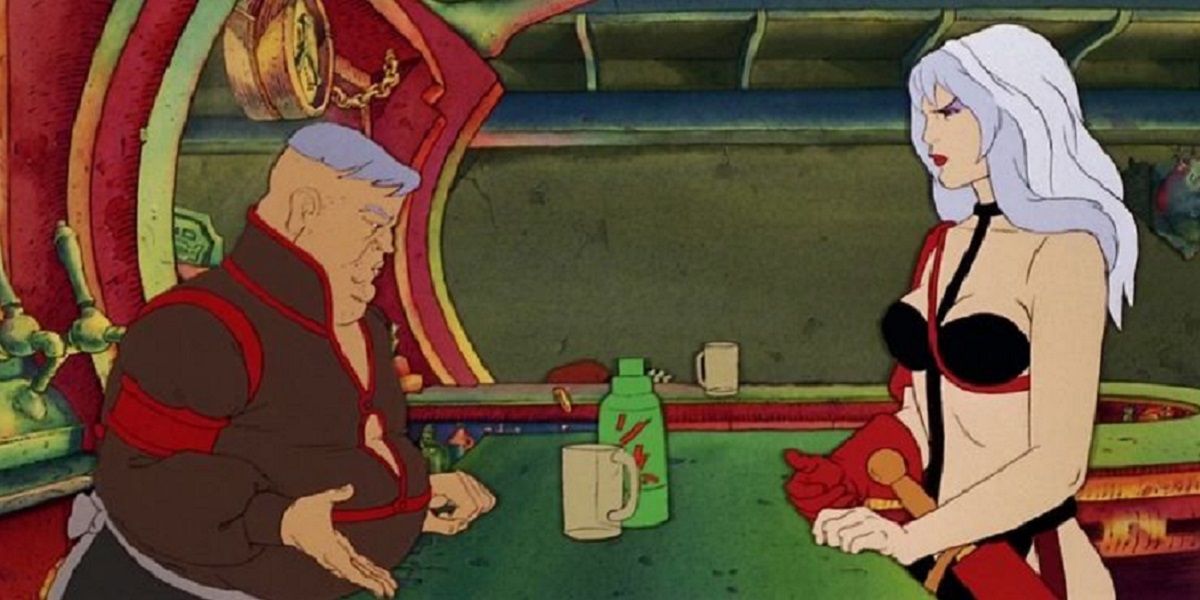
The technique of animation by rotoscoping - filming live actors or animals, and tracing them onto an animated cell - was very new at the time. It was used prominently (and poorly) in Ralph Bakshi’s Lord of the Rings in 1979. Heavy Metal uses this method noticeably in the initial car-parachuting sequence, and with key character Taarna later on.
In the early '80s rotoscoping was considered cutting edge technology - or artistic cheating, as animators were tracing and enhancing live images, rather than hand-drawing cells from scratch. The technique is now common - for example Love, Death, and Robots - and overlaps with the computerized motion capture methods used in modern action movies like the Avengers.
6 Carousel Linkage
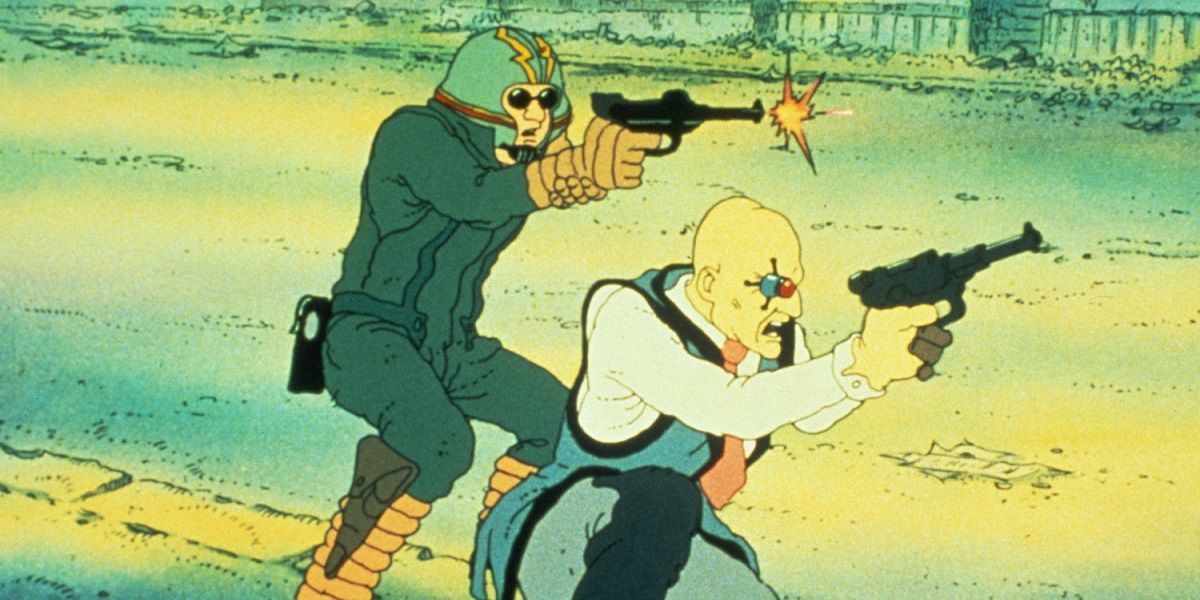
The various stories in Heavy Metal are linked by the Loc-Nar framing device, and a voice-over (Rodrigues) ties the narrative together. It was as clunky in 1981 as it is now, and adds little weight to the characters until an odd reveal in the final scenes.
In an initial draft of the script, young Taarna was taken to a magical merry-go-round, with mounts based on the stories that follow (e.g. giant ants). Instead of a magical Loc-Nar injected within each story, our heroine would visit each sequence by traversing the carousel.
5 Contracted Animation
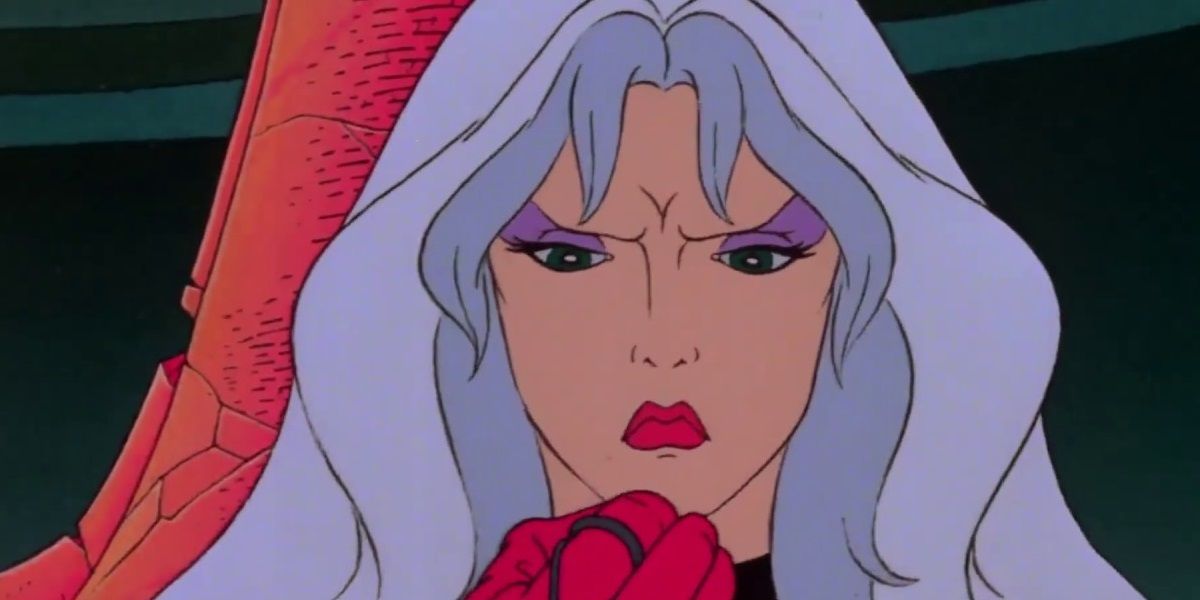
Although a Canadian production, three animation houses around the world added to the Heavy Metal movie, giving it a different depth and appearance across the anthological stories. That the movie carried separate styles was part of its graphic novel DNA - it also helped with production time and, in theory, lower costs.
Using more than one animation house is now standard procedure for computer-animated features, as well as special effects animation. Disney/Pixar and others may forgo this method for their major productions, but Heavy Metal showed that it could work artistically and financially.
4 Orchestral Score
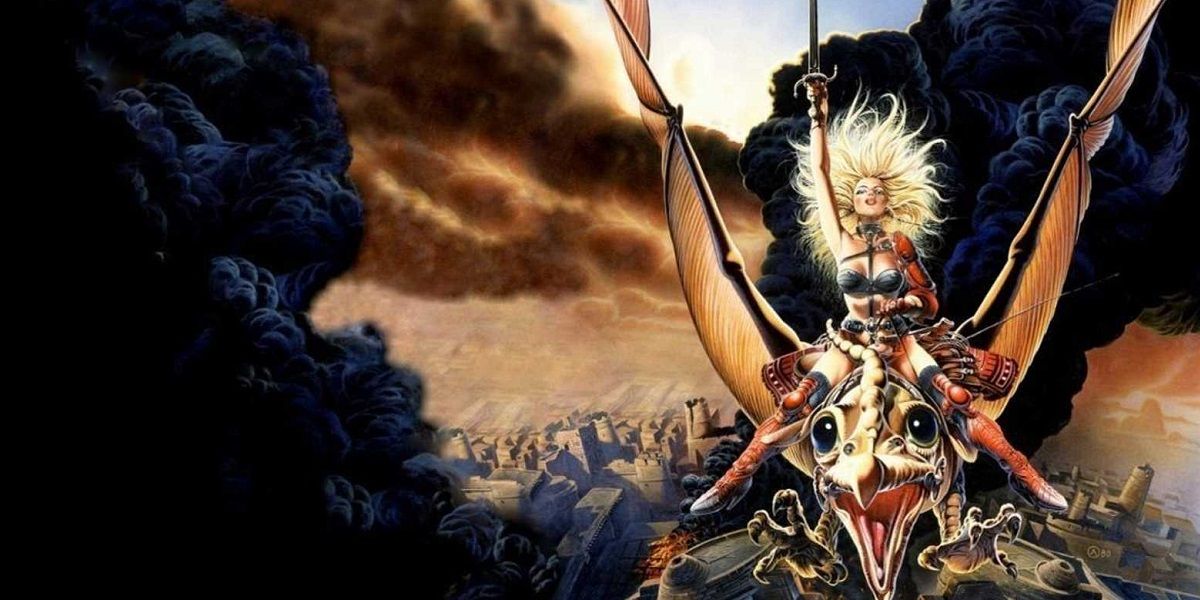
For a movie that’s as famous for its hard-rock soundtrack as its colorful visuals, many are surprised to hear that Heavy Metal has an orchestral score. The movie isn't completely set to heavy-metal music - for better or worse - and the longer “Taarna” sequence carries most of the score.
Composer Elmer Bernstein conducted the Royal Philharmonic Orchestra in several key musical themes - one wonders if the salacious images were made available to this august group during the recording.
3 Soundtrack Troubles
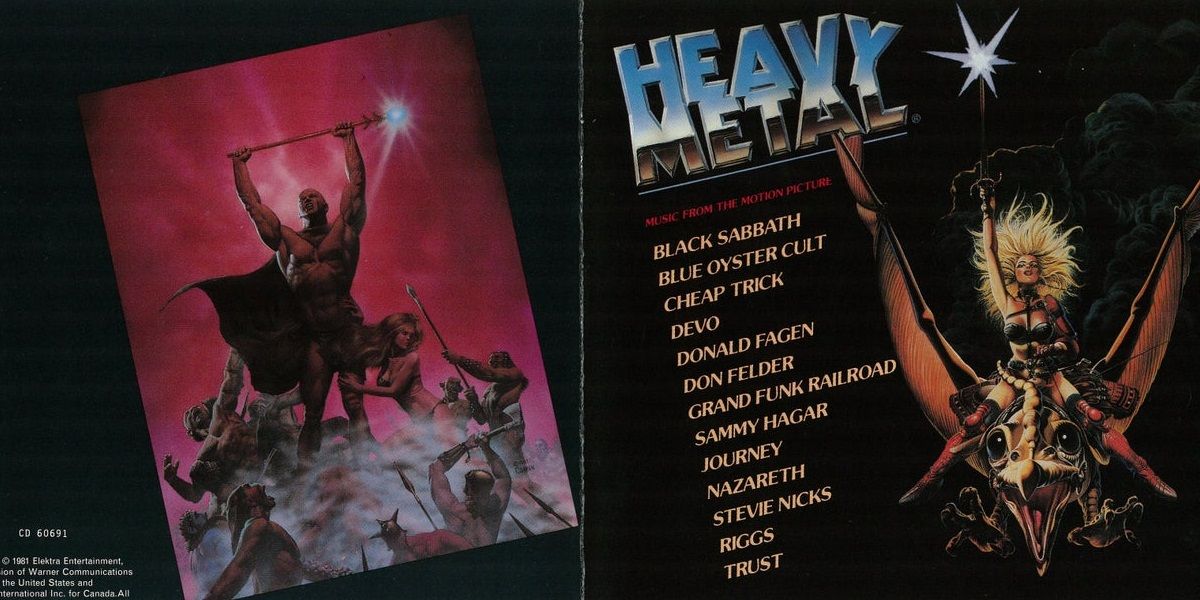
The filmmakers realized from the start of the production that Heavy Metal needed a soundtrack that delivered what the title promised, and a wide range of rock-and-rollers were enlisted. In the pre-MTV era - only a month away - having adult animation set to metal bands was an epiphany for rock fans.
But legal troubles securing the rights to all the songs delayed the release of Heavy Metal on VHS and DVD, and the CD of the soundtrack wasn't released until 1995. Another musical oddity: songs from Devo and Black Sabbath featured in the movie were replaced by other material from them on the soundtrack.
2 A Sequel Exists
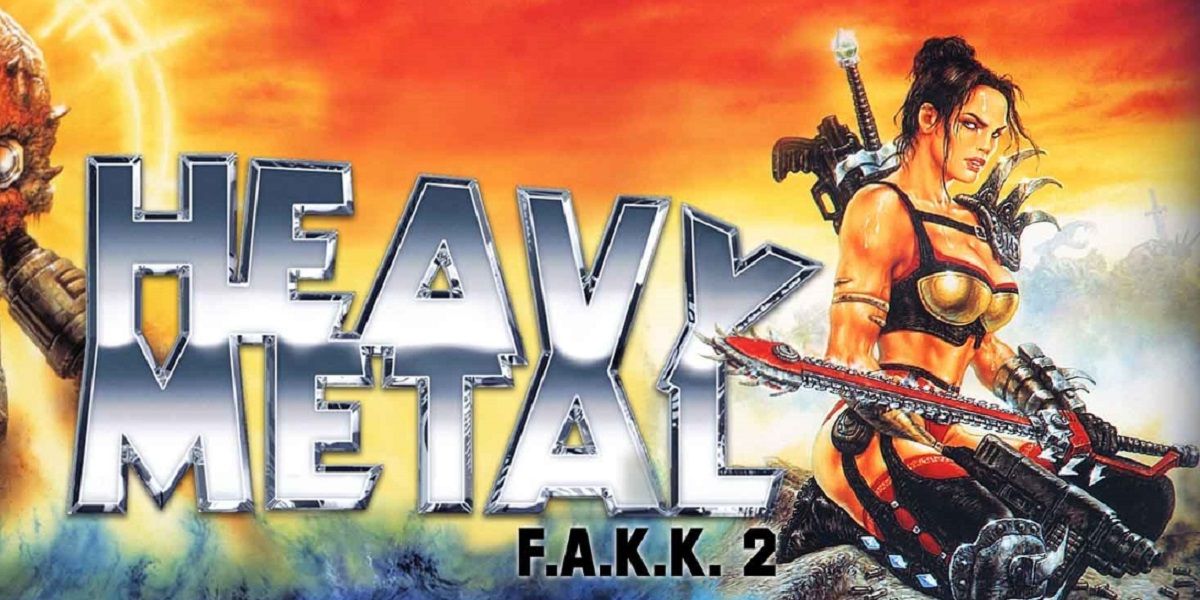
A movie as infamous if unpopular as Heavy Metal merited sequel consideration - it just took 29 years for it to materialize. Heavy Metal 2000 aka Heavy Metal FAKK2 tried to rekindle the old magic with Julie Strain and (Canadian) Michael Ironside in lead voice roles.
Using the same visual aesthetic and musical bearings as its predecessor, Heavy Metal 2000 was one continuous story from one production house, and audiences found it unappealing in merit and nostalgia. It obtained a limited release and found even less notoriety than the original.
1 Heavy Impact
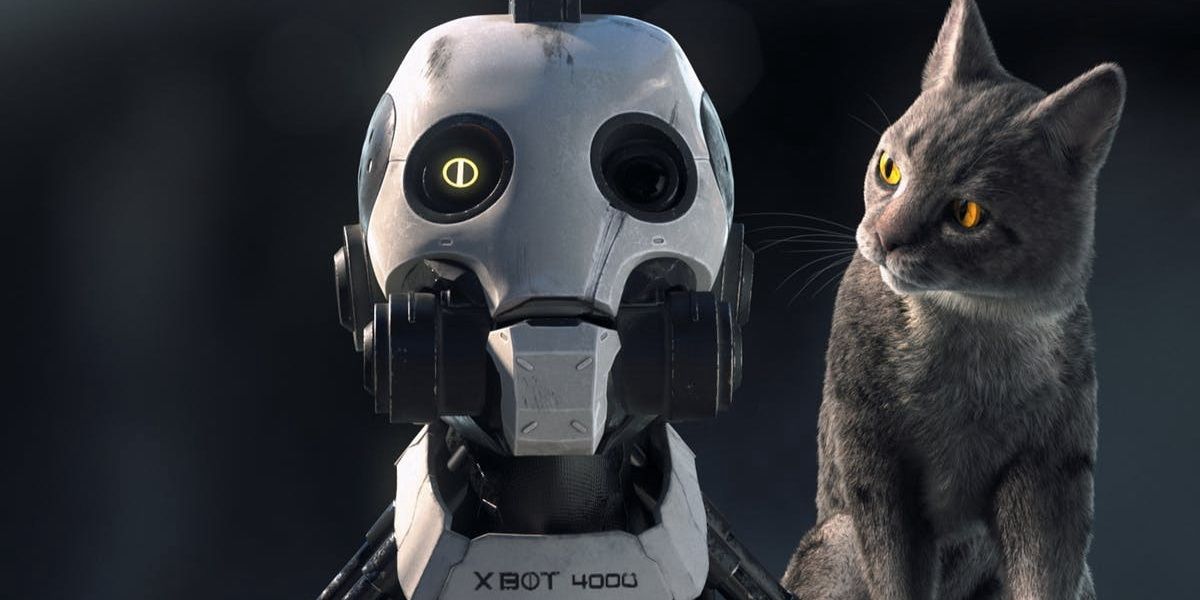
This little-known Canadian animation with an R rating and a legally restrained soundtrack has somehow influenced dozens of filmmakers and musicians. To begin with, Heavy Metal reaffirmed an audience for adult animation existed, albeit a small one.
Besides adult-orientated shows on the Cartoon Network’s Adult Swim, Heavy Metal inspired productions like Love, Death, and Robots from admitted fan David Fincher, and Deadpool from director Tim Miller. South Park, Clerks, and comedian Will Ferrell have also paid tribute to the movie, and it’s assumed that multimillionaire Elon Musk's launch of mannequin driving a Tesla into space was certainly inspired by the movie.
from ScreenRant - Feed https://ift.tt/2Y9XqfA

0 Comments